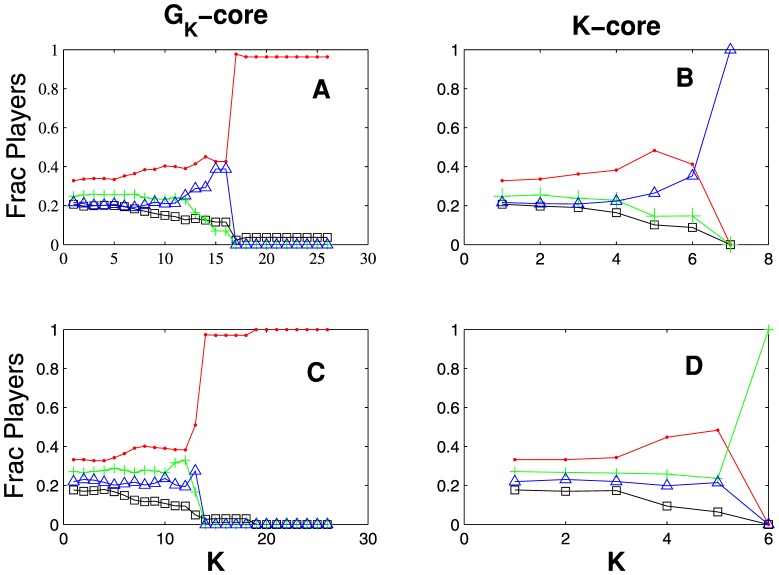Figure 5. Sharp transitions at the core organization of social networks.
The value at  belongs to the composition of the society at the time period under study. On top a) we have the nation composition of the
belongs to the composition of the society at the time period under study. On top a) we have the nation composition of the  -core and c) the
-core and c) the  -core as a function of
-core as a function of  for the
for the  network corresponding to the period 796–856. At the bottom b) we have the nation composition of the
network corresponding to the period 796–856. At the bottom b) we have the nation composition of the  -core and (d) the
-core and (d) the  -core in terms of
-core in terms of  for the
for the  network corresponding to the period 1140-1200. Colours depict the different nations. As long as
network corresponding to the period 1140-1200. Colours depict the different nations. As long as  increases, the composition of the cores in terms of nationalities is more or less stationary, with values close to the ones we find in the whole system. At certain
increases, the composition of the cores in terms of nationalities is more or less stationary, with values close to the ones we find in the whole system. At certain  -right after the characteristic
-right after the characteristic  - an abrupt change is observed a) for the and
- an abrupt change is observed a) for the and  ), and the composition of the cores becomes uniformly populated by only one nation. The same phenomenon is observed when looking at the
), and the composition of the cores becomes uniformly populated by only one nation. The same phenomenon is observed when looking at the  -core decomposition sequence, although less pronounced. Notice that the deep
-core decomposition sequence, although less pronounced. Notice that the deep  -cores isolated the same nation cluster in both periods (the ‘red’ nation), whereas the
-cores isolated the same nation cluster in both periods (the ‘red’ nation), whereas the  -cores didn't.
-cores didn't.

